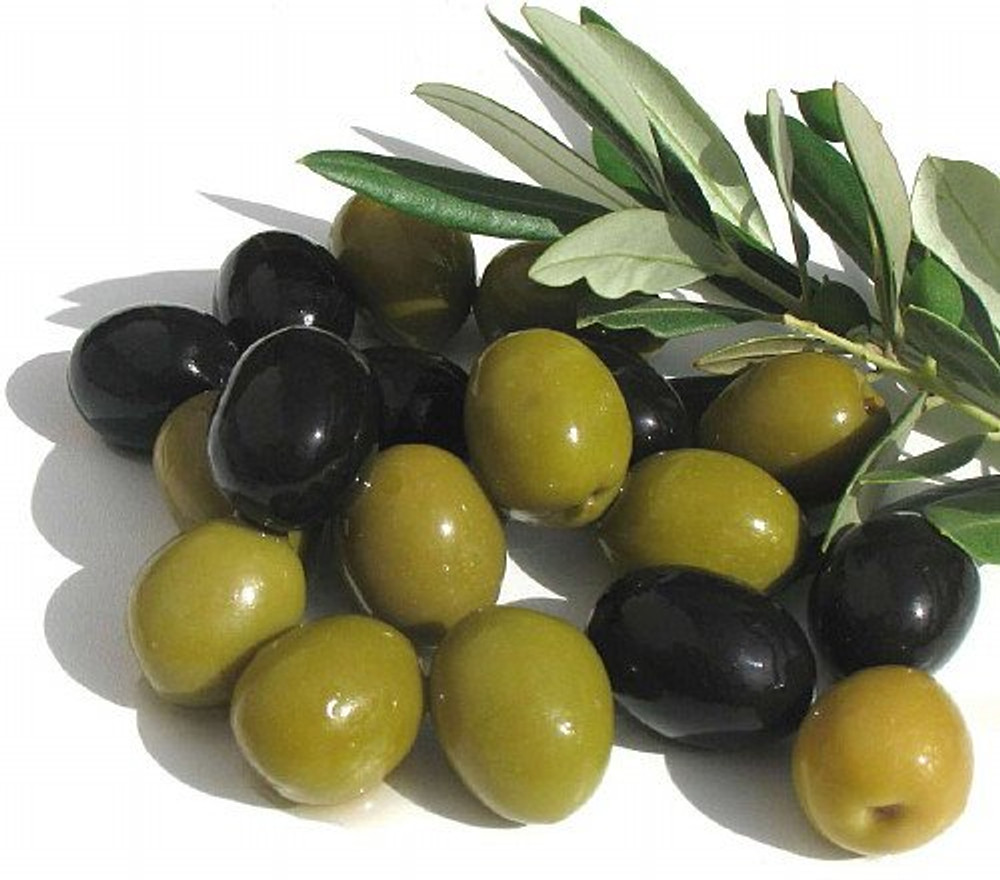-
Shipping Calculated at Checkout
-
Grand total$0.00
Product Description
The olive is native to the Mediterranean region, tropical and central Asia and various parts of Africa. The olive has a history almost as long as that of Western civilization, it's development being one of civilized man's first accomplishments. At a site in Spain, carbon-dating has shown olive seed found there to be eight thousand years old. O. europaea may have been cultivated independently in two places, Crete and Syria. Archeological evidence suggest that olives were being grown in Crete as long ago as 2,500 B.C. From Crete and Syria olives spread to Greece, Rome and other parts of the Mediterranean area. Olives are also grown commercially in California, Australia and South Africa. There is some disagreement over when the trees first appeared in California. Some say they were introduced in 1769 when seeds brought from Mexico were planted. Others site the date 1785 when trees were brought in to make olive oil." The high position held by the Olive tree in ancient as in modern days may be realized when it is remembered that Moses exempted from military service men who would work at its cultivation, and that in Scriptural and classical writings the oil is mentioned as a symbol of goodness and purity, and the tree as representing peace and happiness. The oil, in addition to its wide use in diet, was burnt in the sacred lamps of temples, while the victor in the Olympic games was crowned with its leaves. Olives are not native to the Americas; they were introduced by early Spanish and French settlers. Olive trees were first brought to California in the 18th Century by early Spanish missionaries, who carried with their trees a tradition of agriculture over 5,000 years old. From ancient Greece to modern Spain, the olive tree has played an integral role in many cultures. Throughout the centuries, the olive tree has represented man's domestication of plants, and symbolized the boundless resources of nature: food from its fruit; light from its oil; peace through its metaphorical connotations. Approximately 800 million olive trees currently exist throughout the world and about 460 million gallons of olive oil are produced annually. The United States imported some 35 million of those gallons last year, and the number is growing. The olive tree offers tremendous agricultural opportunity. About 0.3% of the world's olive trees are now grown in California, with 90% yielding fine table olives and the remainder producing over 307,000 gallons of high-quality olive oil each year. The olive plays an increasingly large role in California's agricultural economy. The American Center's Festival of Olives celebrates, educates, and encourages the public to experience this versatile fruit's many joys and uses. Olive tree (Olea europaea) --(Mediterranean forests, now cultivated in the Mediterranean, Africa, eastern Australia and New Caledonia) -- Olives have been cultivated by humans since before 3700 B.C., along with grapes, figs and date palms. They are mentioned liberally in the Old Testament as a food crop. Trade in olive oil has had a strong effect on the strengthening of the Roman Empire, as demand for the oil for cooking spread quickly once its reputation and taste made its way through northern Europe and into Africa. With the olive oil came Roman soldiers, and the rest is European history.
- Shipped from Ohio, USA
- Zones 8-11, elsewhere as patio or house plant
- Easy to grow. Native to the Mediterranean region
- Loves the sun
- Immediate shipping in a 6" pot








